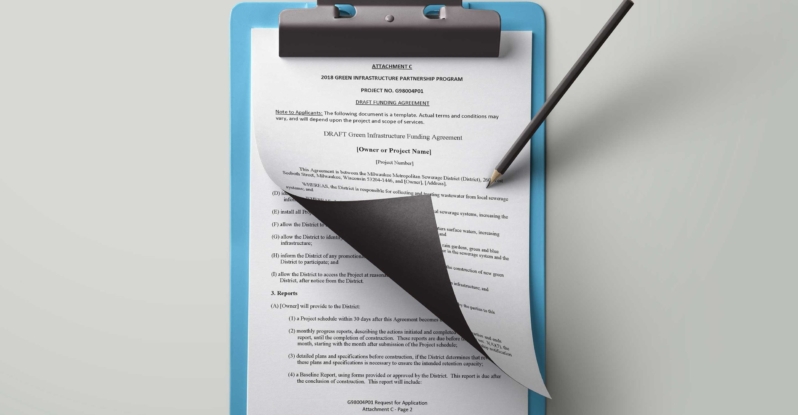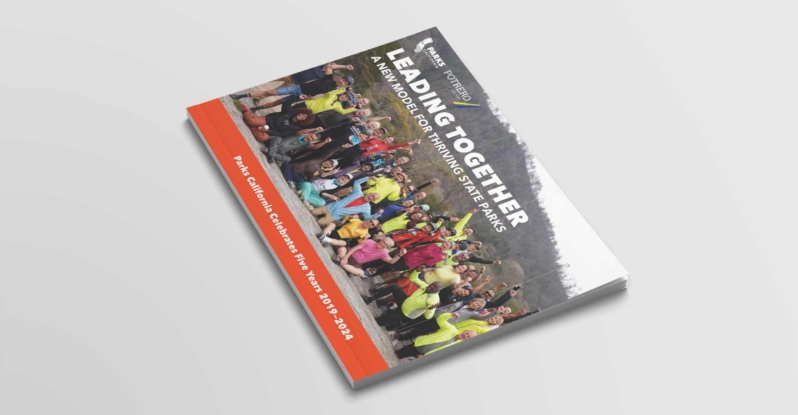Key Findings
- Operating and maintenance expenses for parks could be paid from the ground lease and related revenues such as PILOT (payment-in-lieu-of-taxes) fees generated from the development of a small portion of the project’s land.
- Establishment of a “Park Improvement District” surrounding the park can ensure that businesses benefiting from the park contribute to its maintenance through a Business Improvement District (BID) type assessment.
- Diversity of revenue streams can reduce risk but complicate the management of the park.
- Park construction and related development should be phased to ensure that revenues cover operating expenses.
Organization Description
Brooklyn Bridge Park Corporation is the not-for-profit entity responsible for planning, construction, maintenance and operation of Brooklyn Bridge Park, an 85-acre sustainable waterfront park stretching 1.3 miles along Brooklyn’s East River shoreline. Brooklyn Bridge Park is governed by a 17-member board of directors appointed by the Mayor of New York City, the Governor of New York State and local elected officials.
Project Partners
- City of New York
- State of New York
- New York State Urban Development Corporation
- Port Authority of New York
- Brooklyn Bridge Park Development Corporation
- New York State Office of Parks, Recreation and Historic Preservation
Program Description
Brooklyn Bridge Park was created by an agreement that transferred land from New York State to New York City with a requirement that the park’s operation must be entirely financially self-sustaining. This principle guided the creation of the park’s General Project Plan, which outlines a strategy to generate the majority of funds for annual operations and maintenance through ground lease and related revenues generated by the development of a small portion of the land. This development program included five residential buildings, a mixed hotel/residential building, a mixed commercial/retail building, and associated parking for a total of 2,486,610 gross square feet. The footprint of these buildings totals 345,000 square feet or 9% of the total project area. Annual ground lease and PILOT (payment in lieu of taxes) revenues generated by these developments account for 96.1 % of the park’s annual projected operating revenues ($15,969,026). Concessions and events revenues account for the remaining 3.9% ($644,328). This is in addition to one-time revenues from Payment in Lieu of Sales Taxes and Payment in Lieu of Mortgage Recording Taxes.
The Brooklyn Bridge Park Corporation (BBP) considered a range of alternative funding strategies in place of the proposed residential developments. Alternative ideas were generated from park funding case studies as well as public meetings, and 3rd party consultants were hired to assess their market and financial feasibility. Nine alternatives were considered:
- Park Improvement District (PID)- Similar to a business improvement district (BID) assessment on property owners in an area adjacent to the park. (Projected annual revenues: $1 million – $4 million)
- Fee-based recreational facilities- both indoor and outdoor ($603,000)
- Additional Event facilities ($288,000)
- Additional Concessions ($40,000–$365,000)
- Commercial real estate development ($257,000)
- Advertising and sponsorships (TBD)
- Fundraising/philanthropy (0-$1 million)
- Capturing the potential redevelopment value of certain properties outside the project boundary (one-time payment- $0 annual revenues)
- Increased parking ($233,000–$438,000)
The total annual projected revenues from these sources were estimated at $2,421,000 to $6,951,000 which represented a significant shortfall when compared to residential development revenues. These findings are currently being reviewed as Brooklyn Bridge Park plans for further phases of construction.
Program Goals/issues addressed
- Create a financially self-sustaining park that does not drain city resources for annual operation and maintenance or eventual capital improvements and replacements
- Evaluate and employ a diverse range of potential revenue-generating strategies
- Incorporate financial planning into park planning and design process from the outset
Timeframe (planning/execution)
2002 – Present
Annual Program Budget/ Funding Sources/partnerships and type of support provided
The operating budget for Brooklyn Bridge Park is based on a model that considers the park’s usage acre-by-acre as well as capital reserve requirements needed to fund replacement of Park improvements once they reach the end of their service life. The model was adjusted to account for inflation, specific features that reduce cost (such as the use of photovoltaic cells and stormwater reuse), and New York City Department of Parks & Recreation experience with maintaining nearby waterfront parks. The total annual budget was $16,031,976. This includes security (15.6%), maintenance (7.2%), utilities (5%), insurance (.6%), landscaping (5%), administration (9.4%), tech services (2.5%), equipment (3.7%), OTPS- Other Than Personal Services (1.6%), general contingency (15.2%), market contingency (9.4%), and maritime maintenance (25%).
Phasing of the developments was timed to ensure that funding was in place for park maintenance and operations as park construction was completed. Construction was completed on the first phases of the park and associated developments in 2011. The second and third phases are expected to follow in 2012 and 2013 respectively. The construction budget totals $355 million for full build-out. As of June 2011, approximately $146 million had been committed by the City, $85 million by the Port Authority, $4.9 million by the Borough President and City Council, and $3.5 million from private donors. Additional city funding for the remaining phases is contingent upon approval of associated development projects.
Results achieved/impact
Maintenance and operating expenses have been covered by ground rent, PILOT fees, and other revenue sources throughout the first phase of construction.
Contact
334 Furman Street
Brooklyn, NY 11201
Email: brooklynbridgepark@bbpnyc.org



